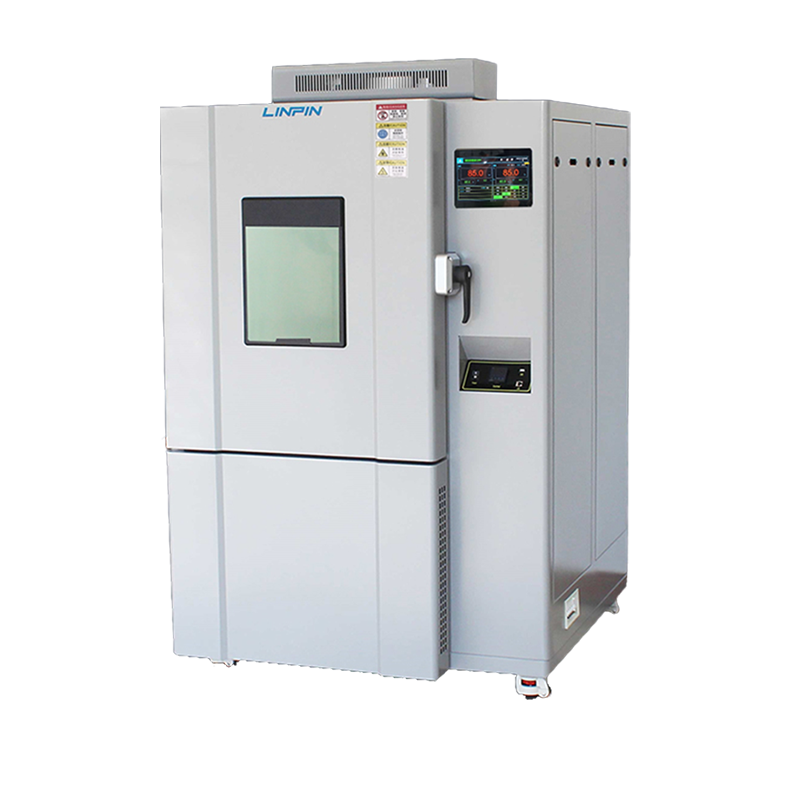

Accurate temperature control in a high-low temperature alternating humidity test chamber enhances testing precision. Therefore, it is essential to understand the temperature control process of the testing equipment.
Heating Process:
The test chamber raises its temperature through a heating device, which is a critical component for temperature increase. When the controller receives a heating command, it outputs voltage to a relay, applying approximately 3-12V DC to the solid-state relay. The AC terminal of the relay functions like a wire connection. Simultaneously, the contactor is engaged, generating heat once voltage is applied. The circulating fan then distributes the heat throughout the chamber, facilitating humidity and heat testing. The temperature rises to the set value, and the controller adjusts the heat output by modulating the solid-state relay’s switching, which can be monitored on the display screen.

Cooling Process:
While the heating process relies on the solid-state relay, the cooling process utilizes the compressor’s refrigeration cycle to achieve dynamic equilibrium. The key components involved in cooling include:
Compressor: The core of the refrigeration system, it draws in low-temperature, low-pressure gas and compresses it into high-temperature, high-pressure gas.
Condenser: The high-pressure gas is liquefied here, releasing heat, which is then dissipated by a fan.
Expansion Valve: The high-pressure liquid passes through this valve, reducing its pressure.
Evaporator: The low-pressure liquid absorbs heat and evaporates into low-temperature, low-pressure gas, which is then recirculated back to the compressor.
By absorbing heat in the evaporator, the refrigerant completes the vaporization process, achieving the cooling effect and maintaining the chamber’s temperature.
For questions like “How to control the temperature in a high-low temperature alternating humidity test chamber?”, the above explanation should provide clarity. During installation, manufacturers typically offer detailed technical and product training to help users quickly master equipment operation and technical knowledge. For further learning, users can also refer to additional resources.